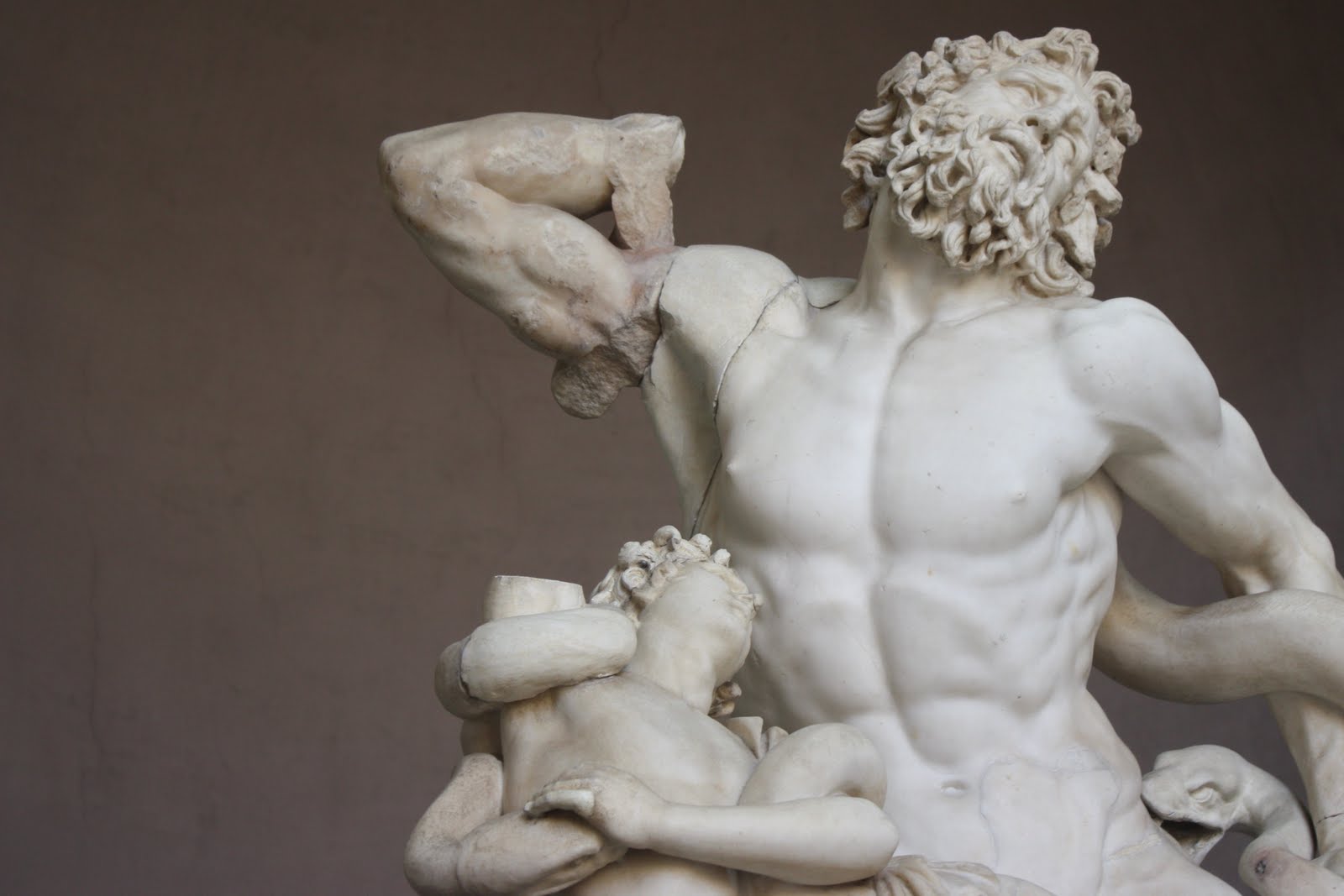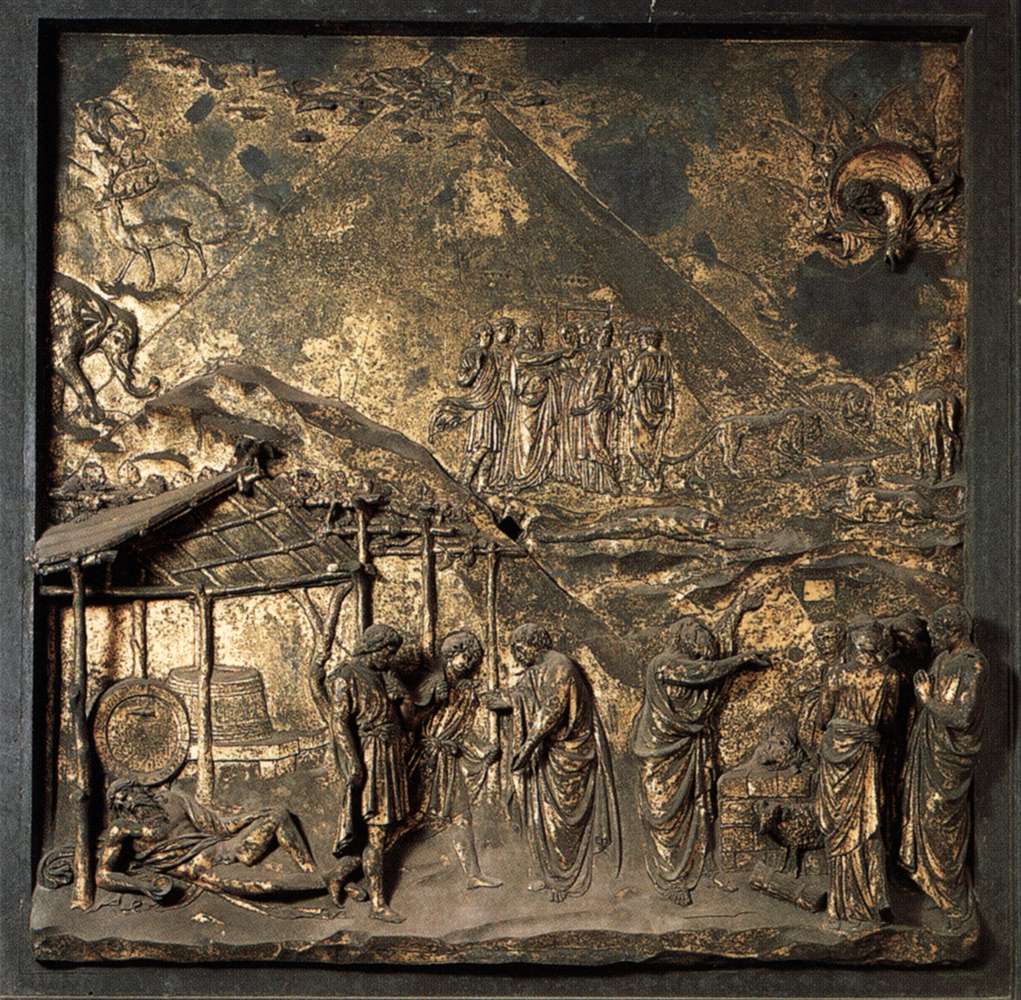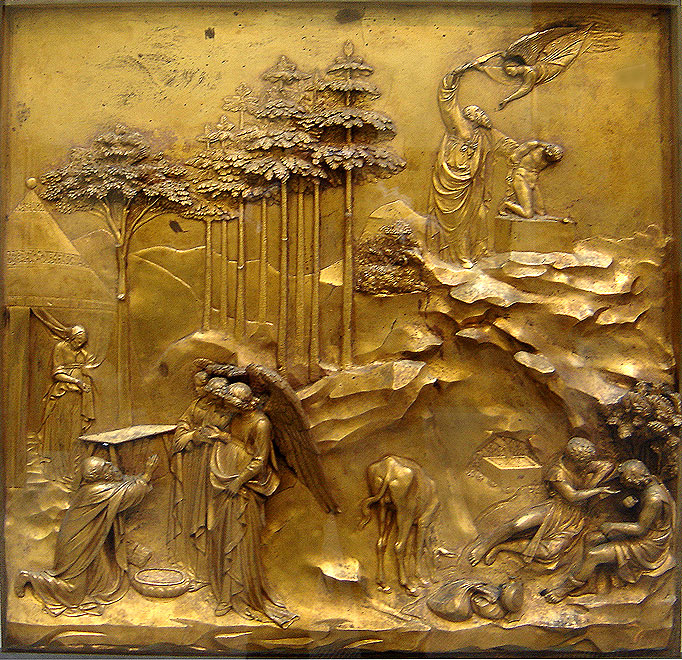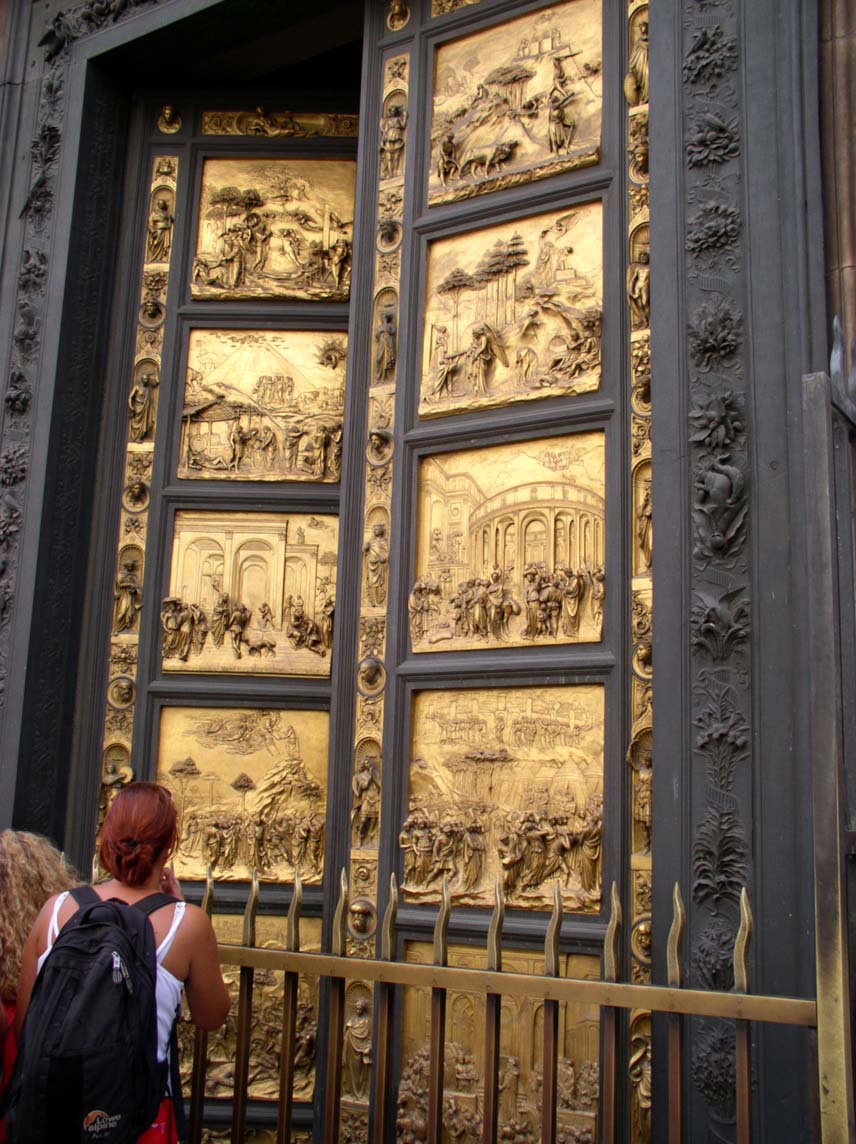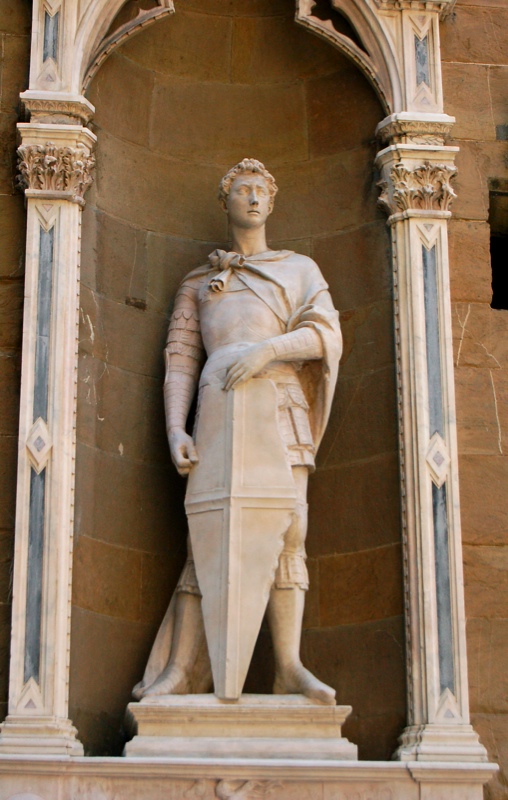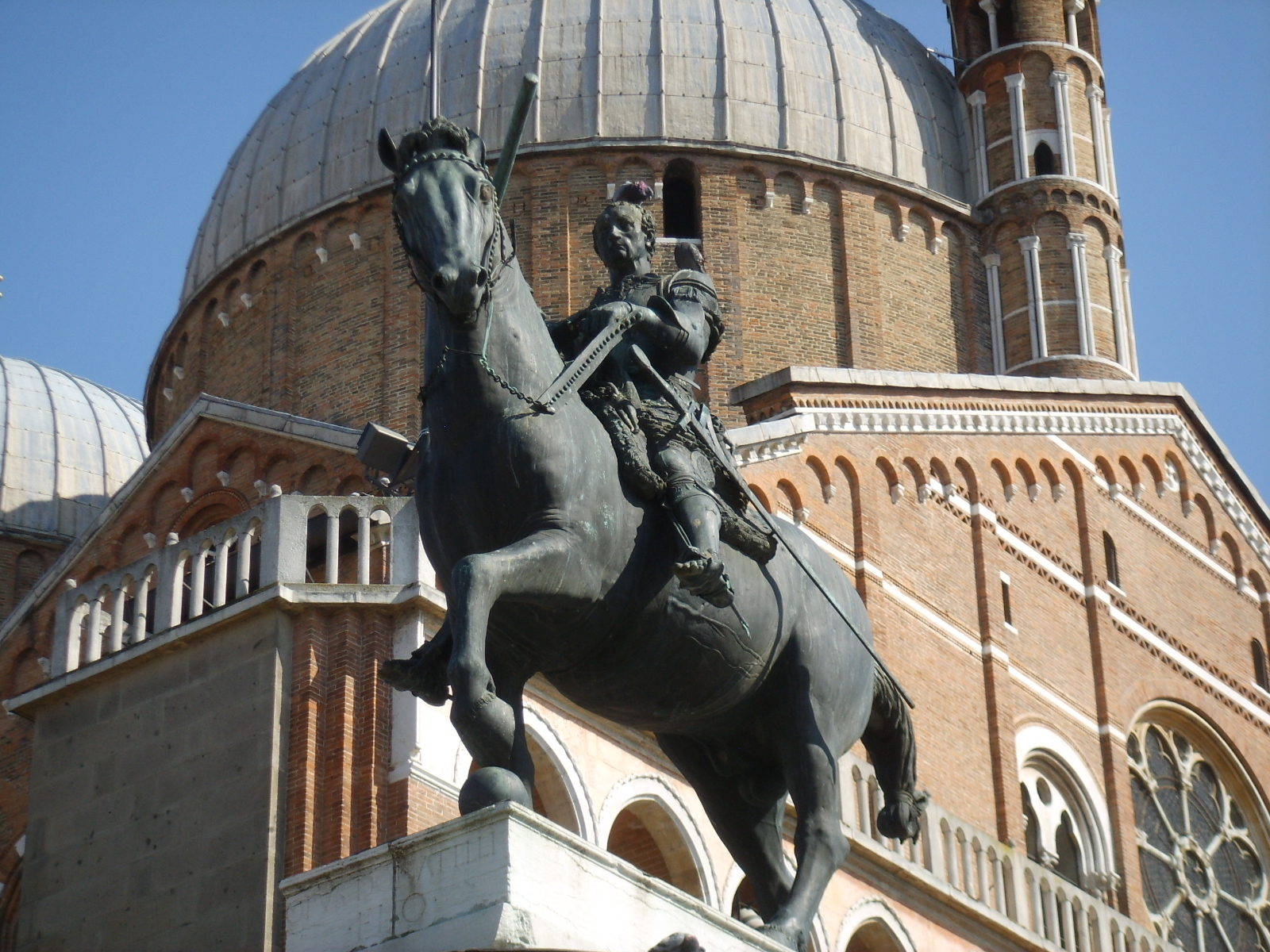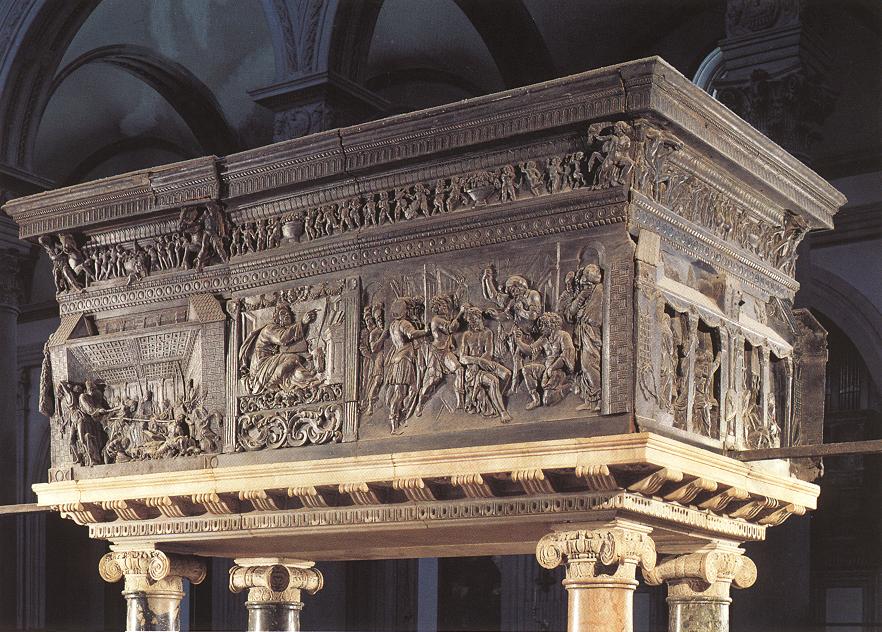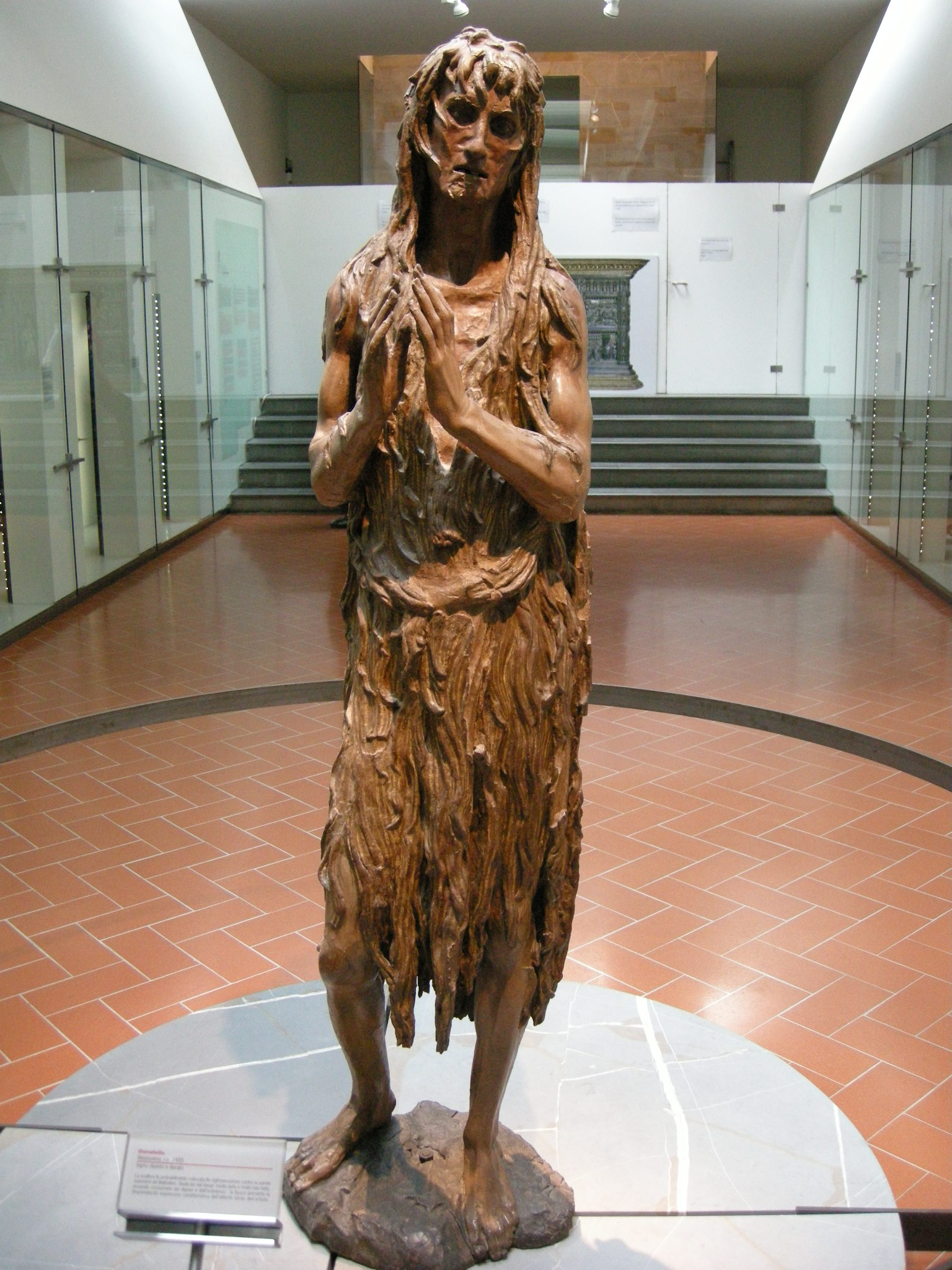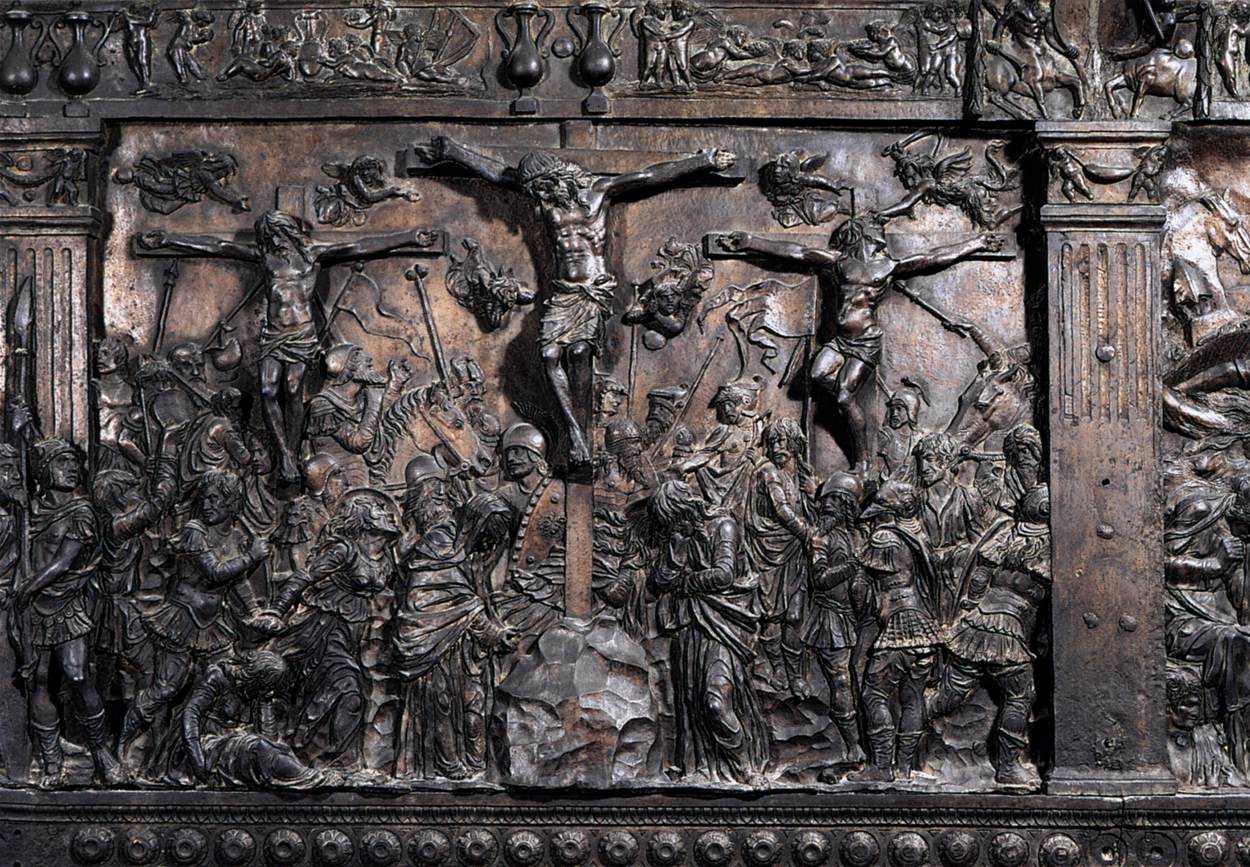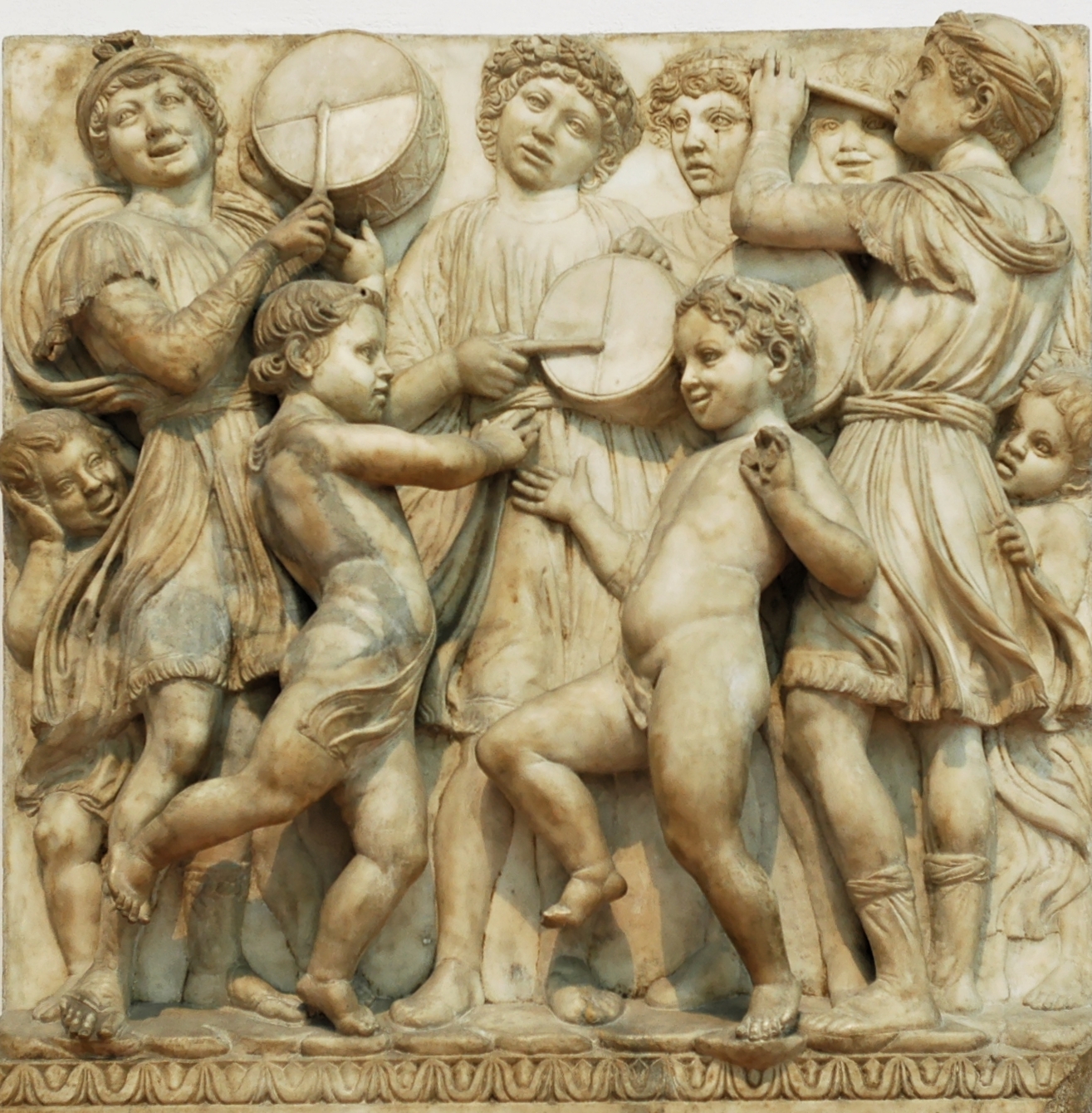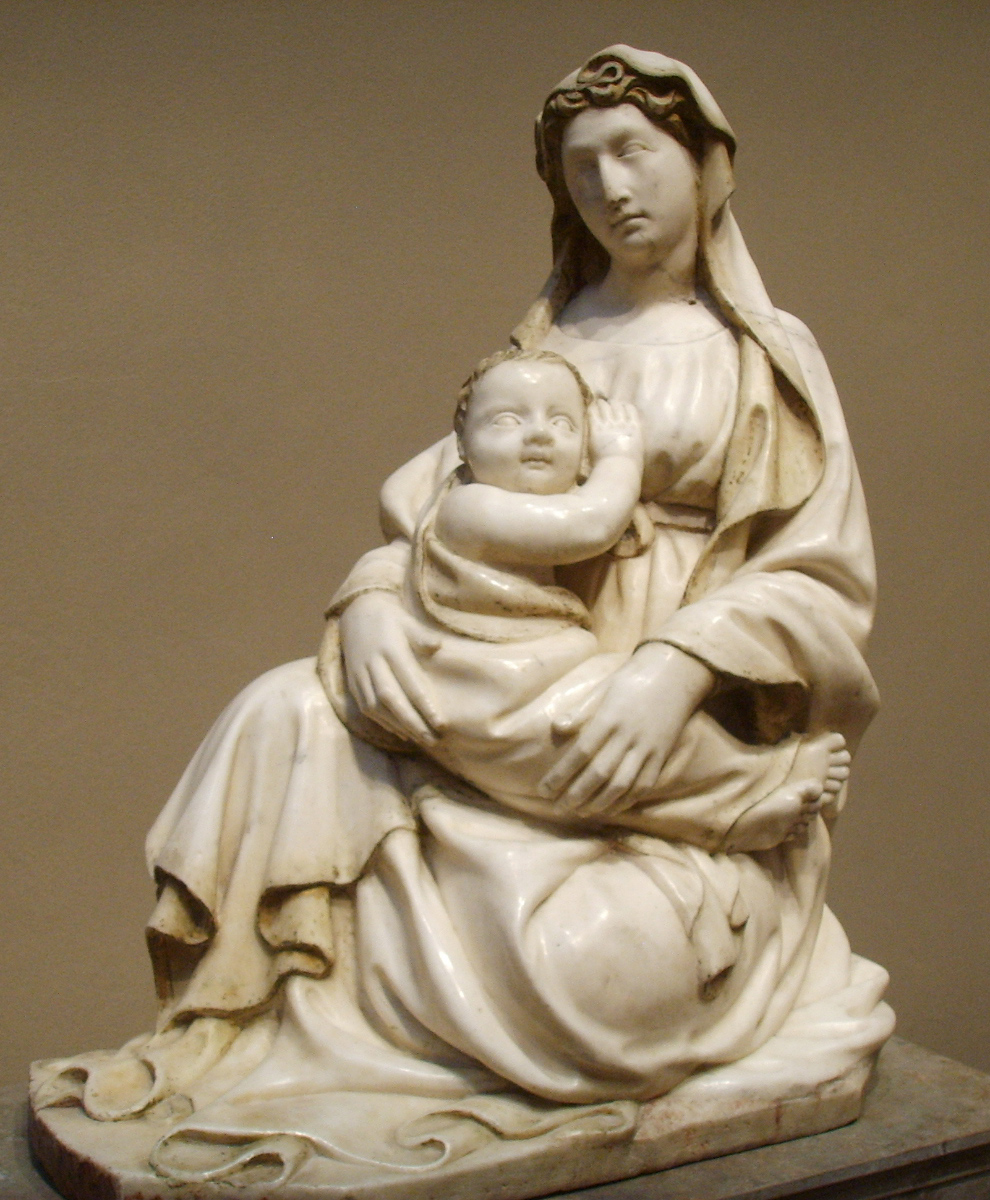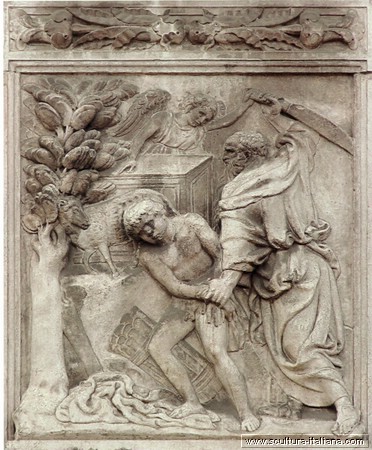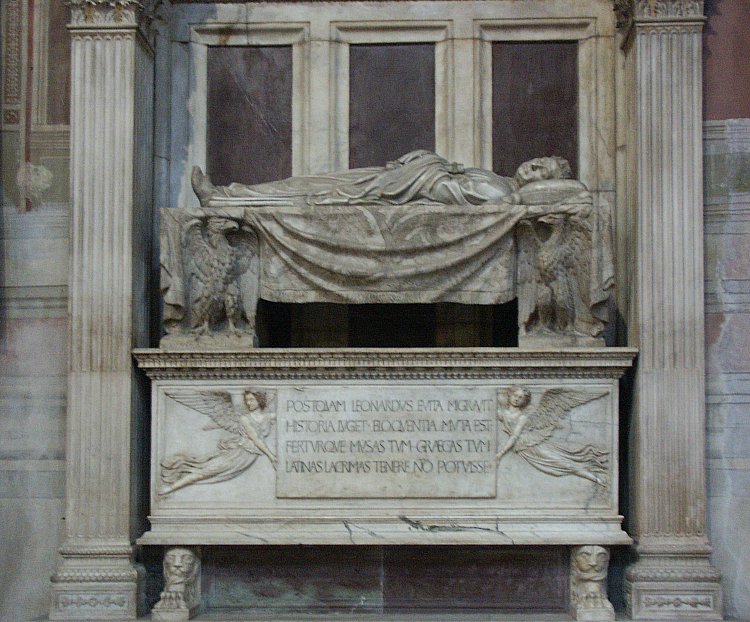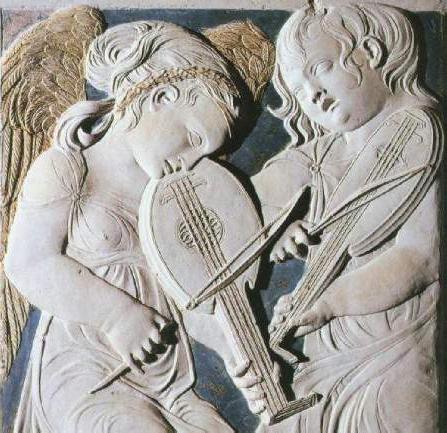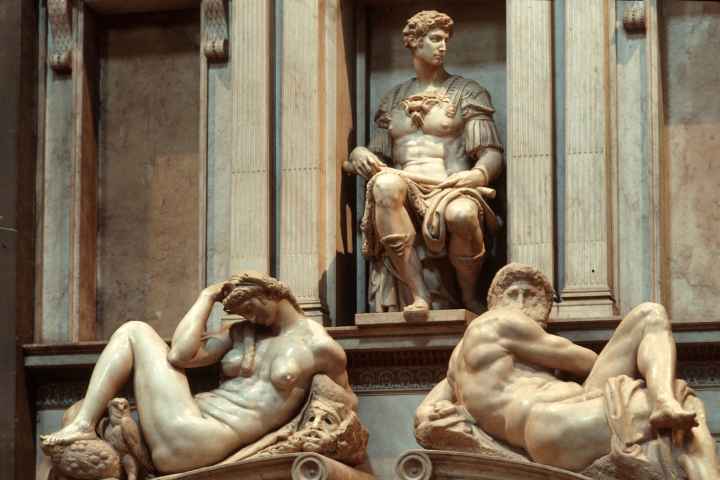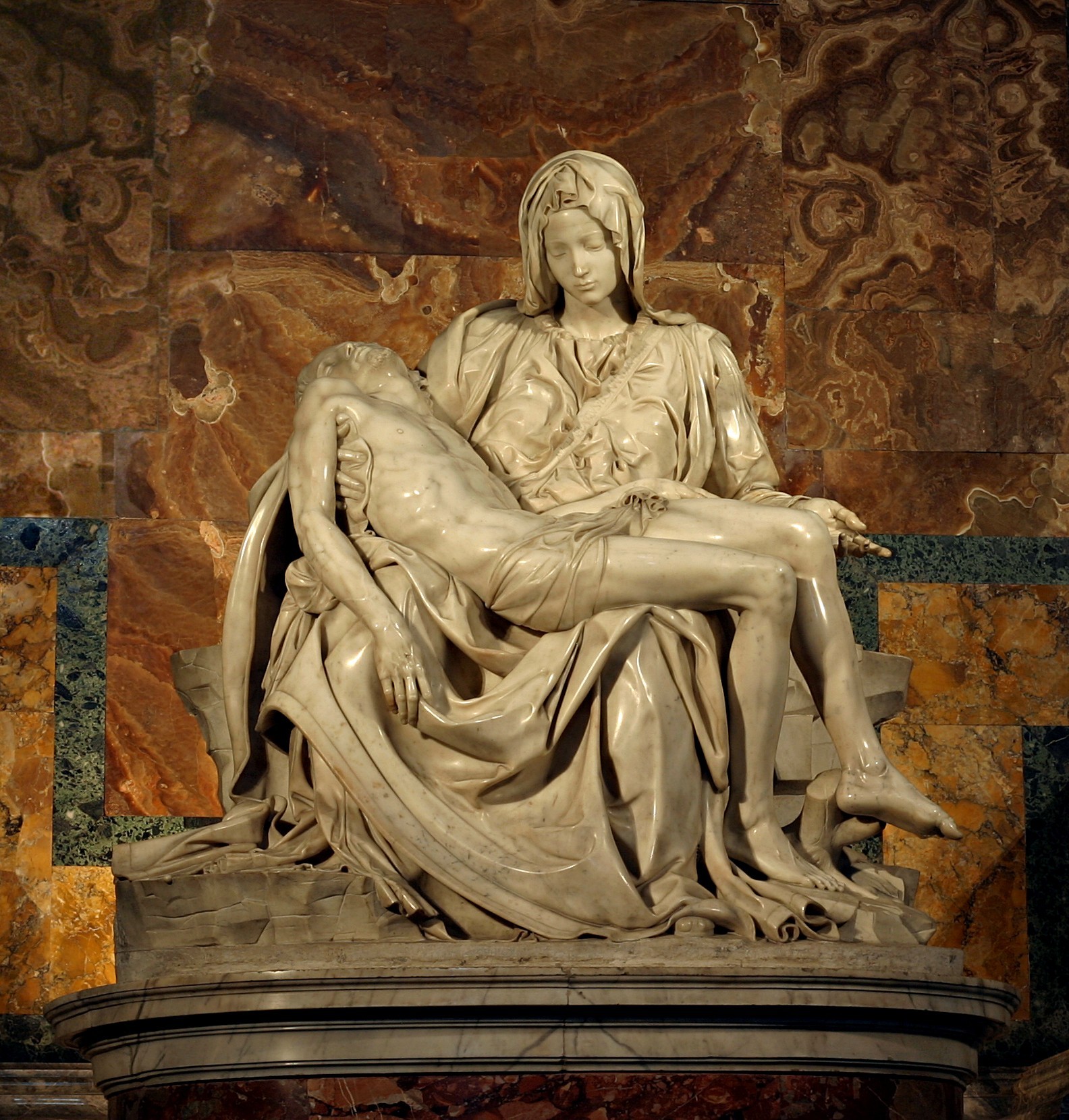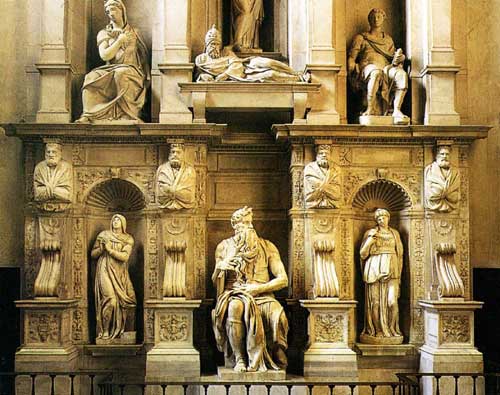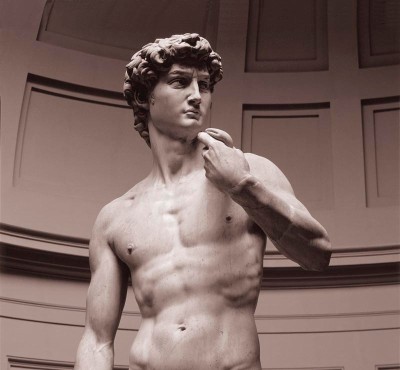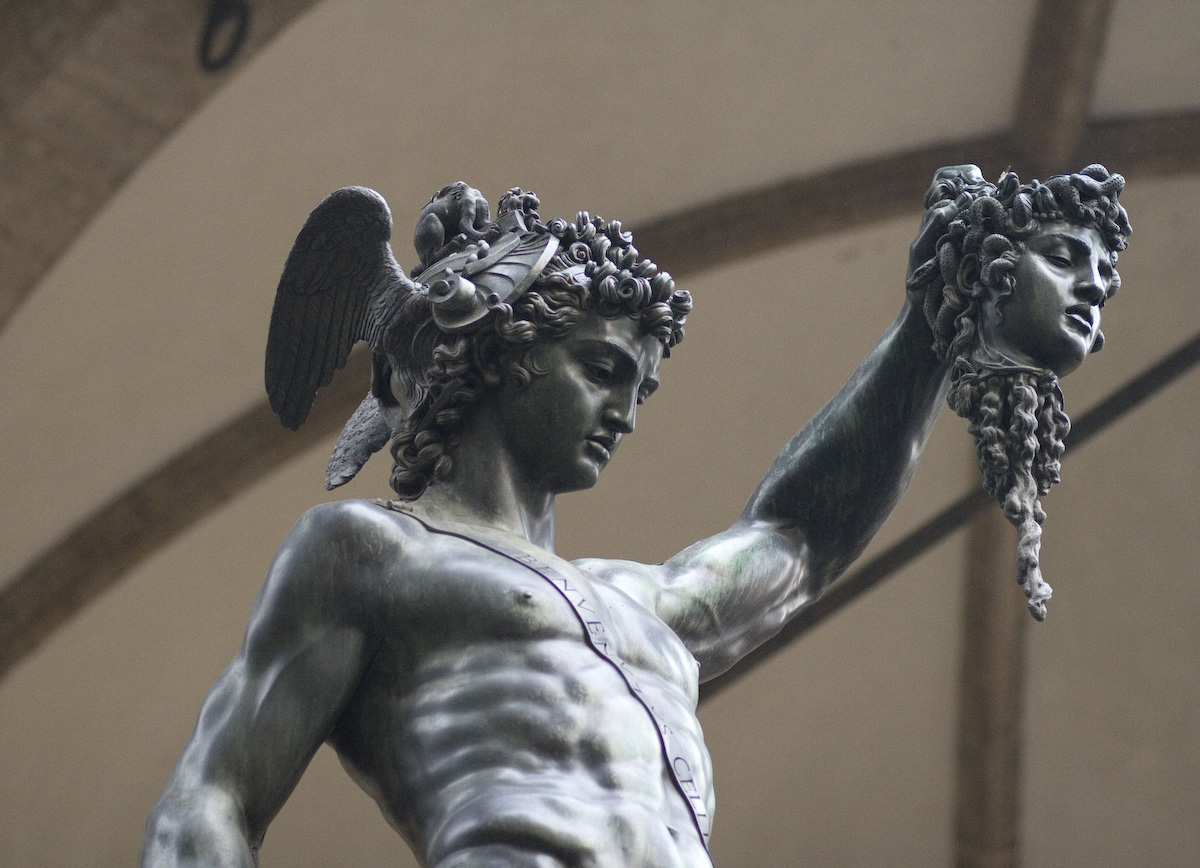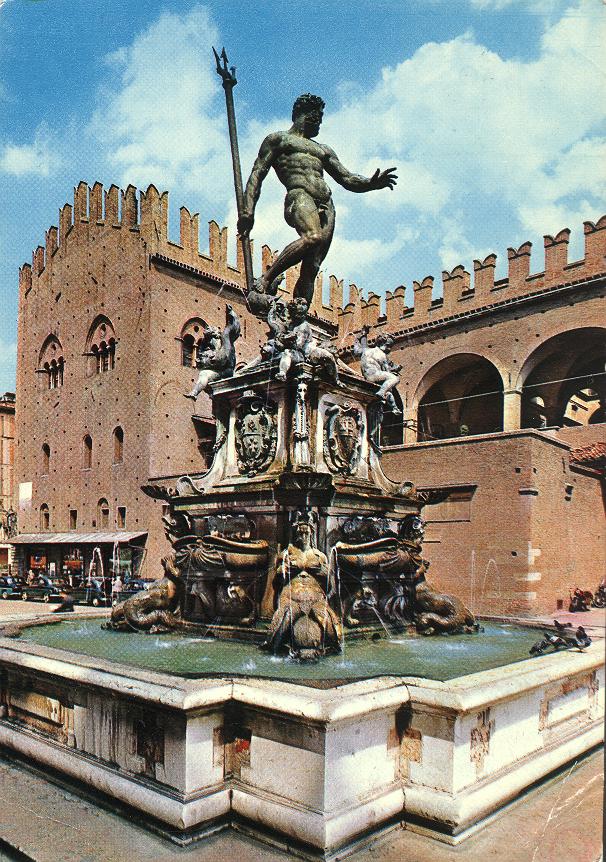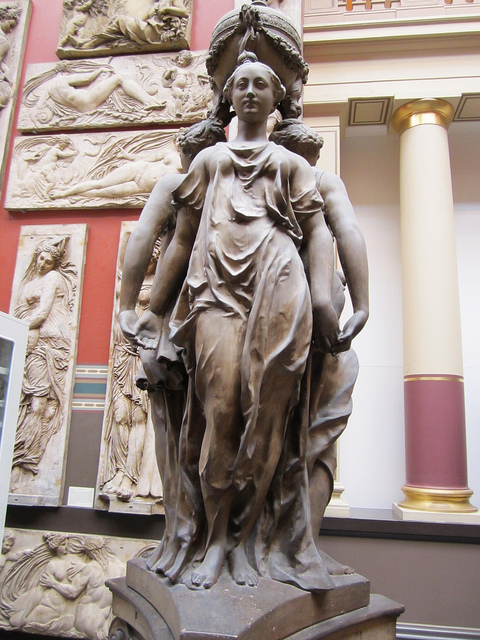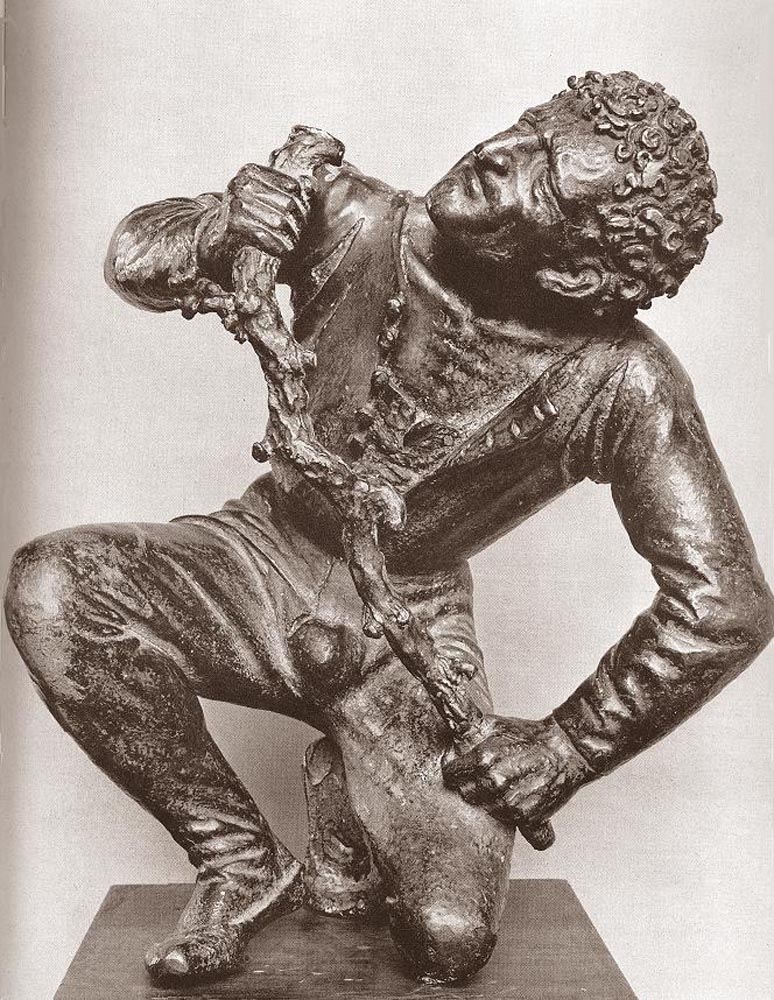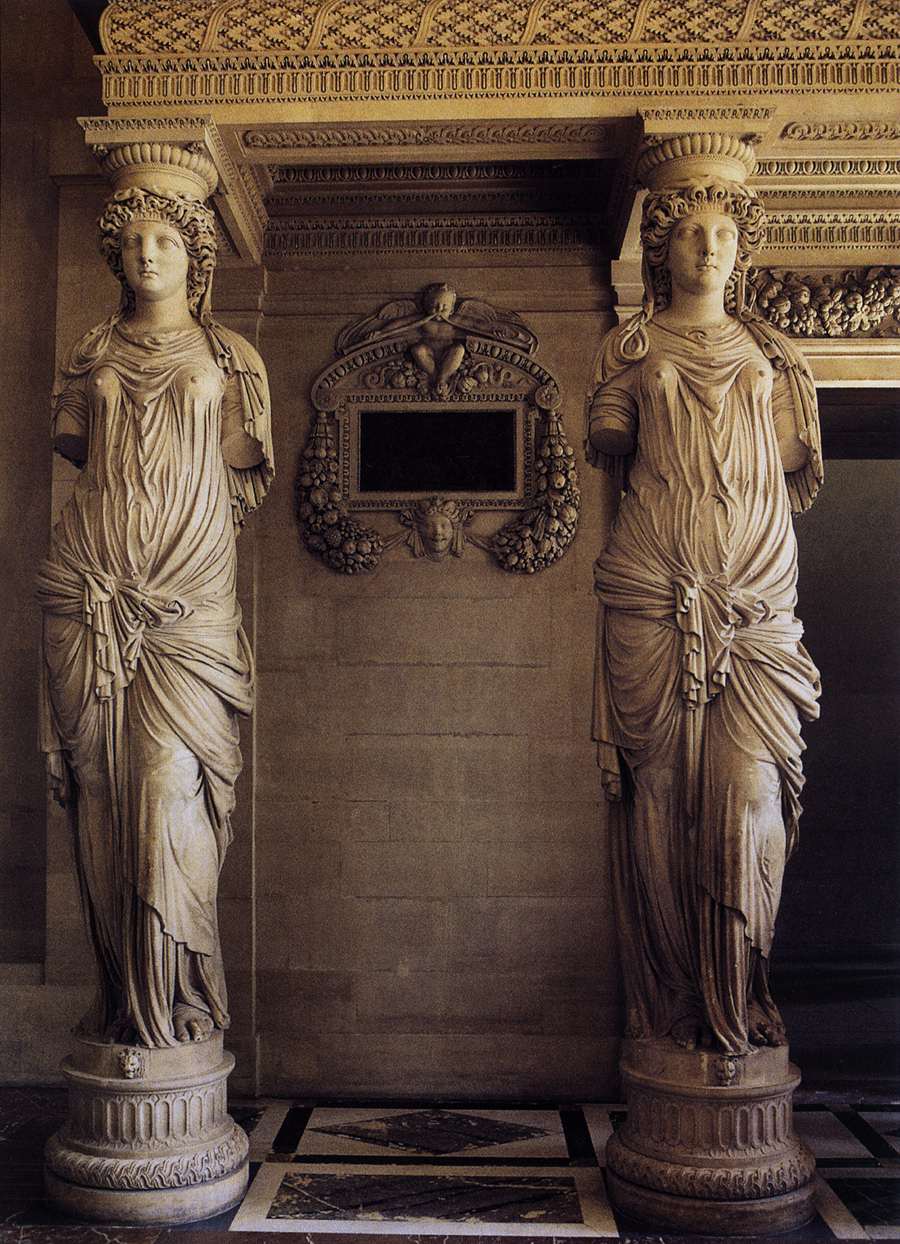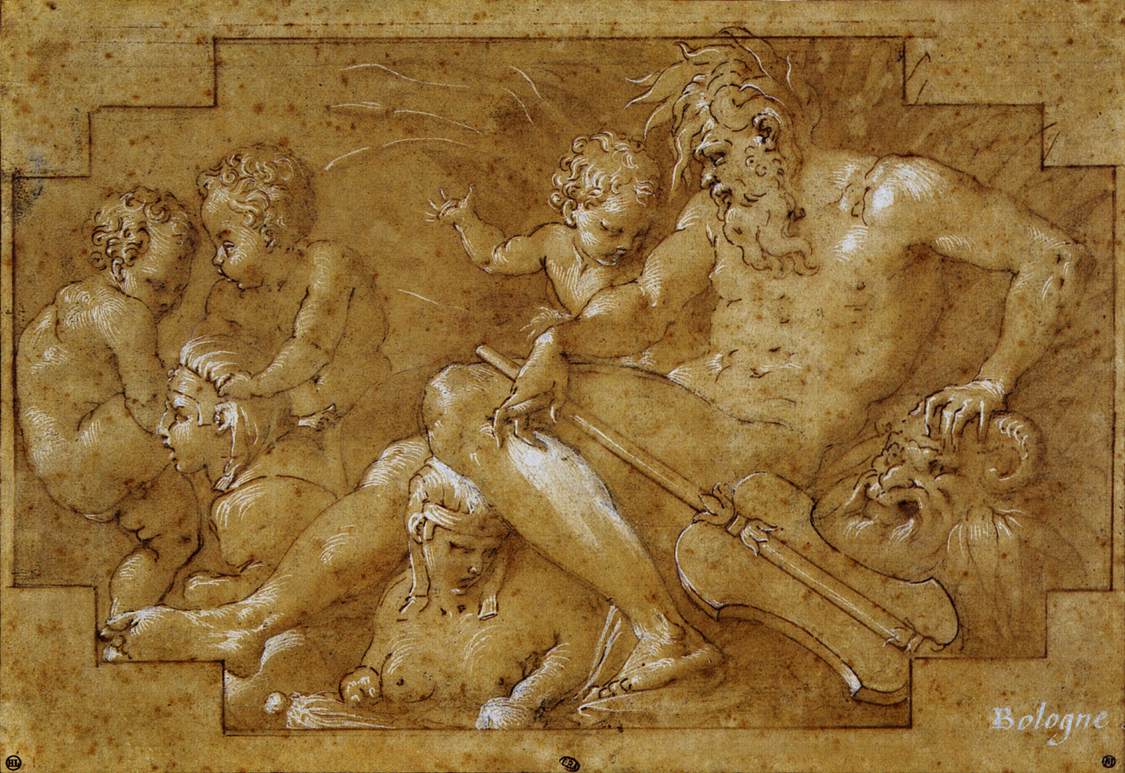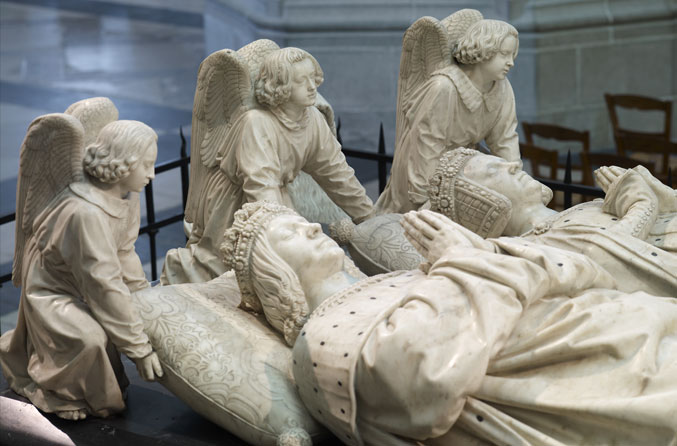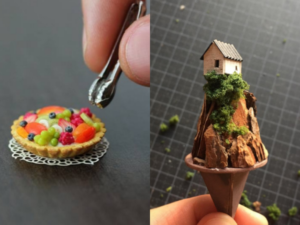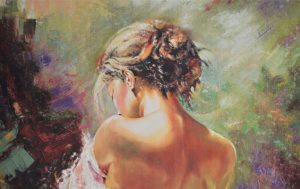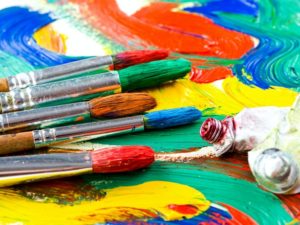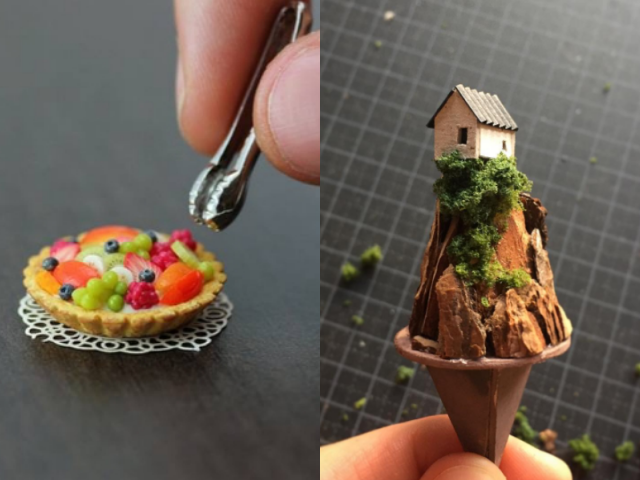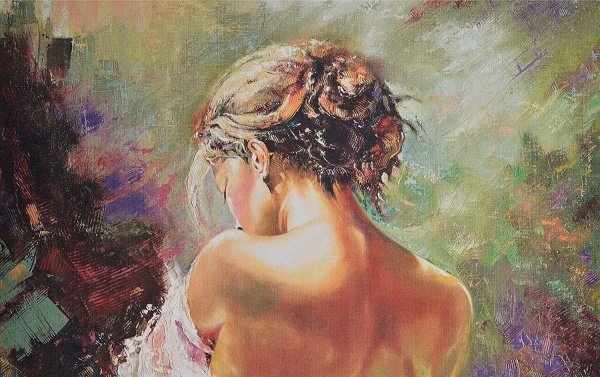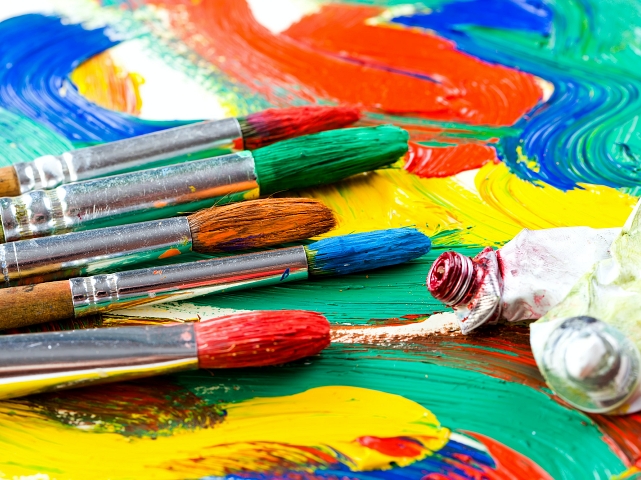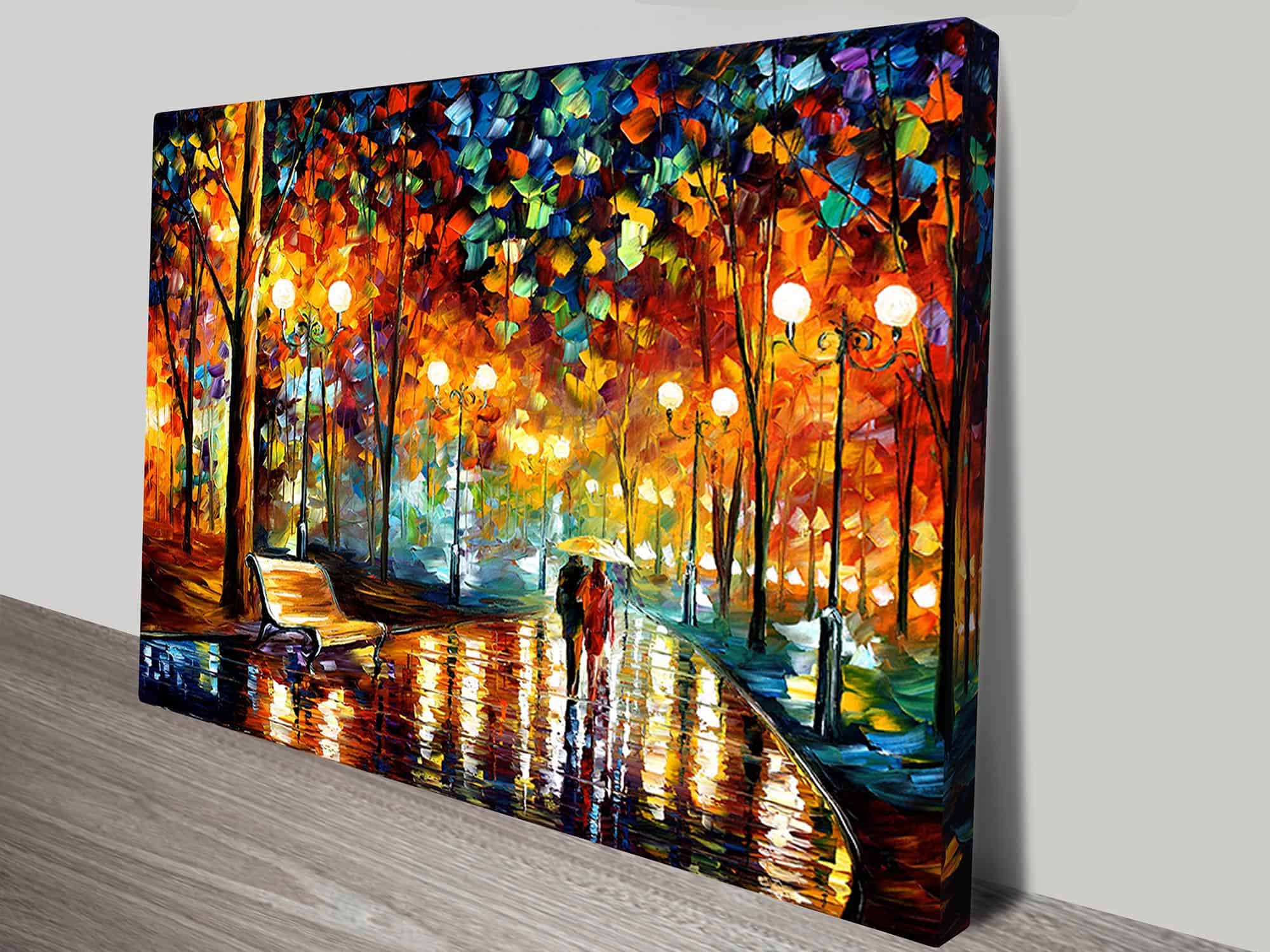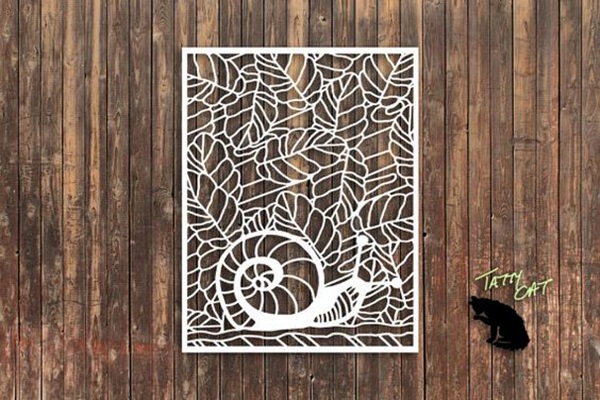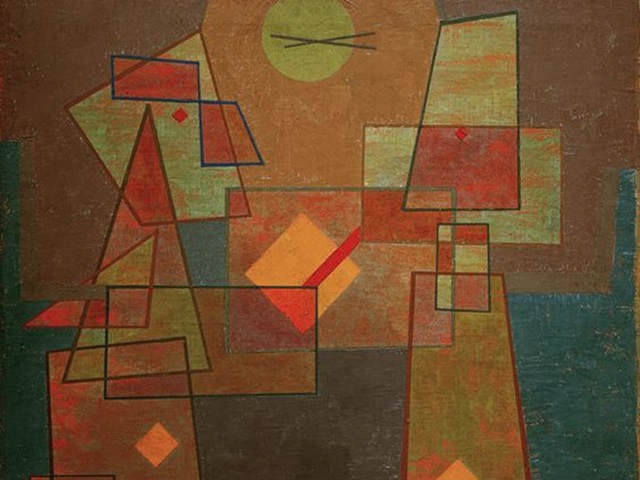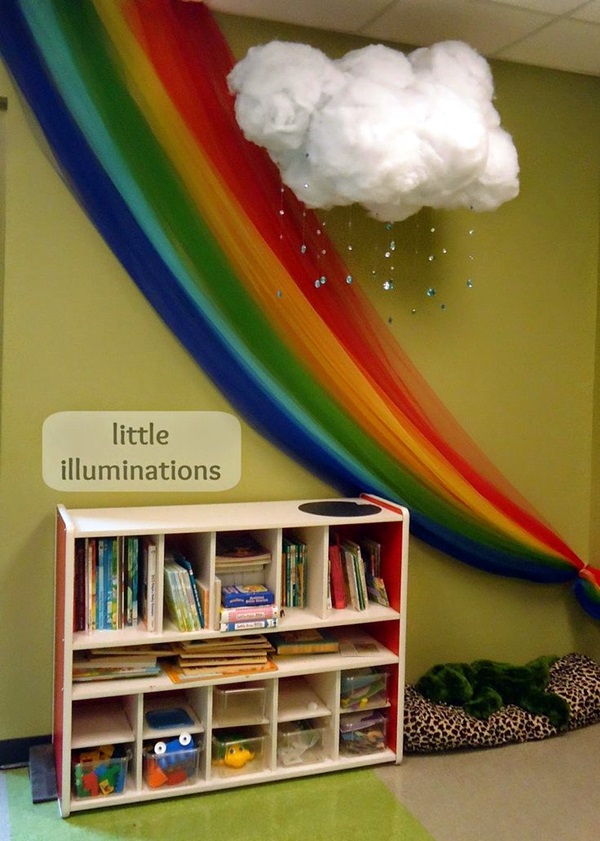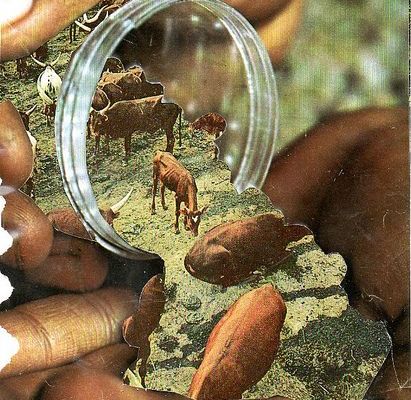The best part of art in all its forms is the fact that it is like a thing that has life in it and this translates to movement, development and transition to become new all over again. We have seen that happen all the time like these mini sculptures to keep you inspired. Or the way that sculptures that have moved from elements like stone to things like these gorgeous butter sculptures. Sculpture has come a long way indeed as has been attested by these stunning examples of sand sculptures. The tracing of the changes that have occurred in the past like the one from Gothic to renaissance in sculptures was not one that happened overnight.
The movement can be traced back to the period between 1400 to 1450 starting in Florence. Actually this movement did not just happen and had the contribution of many artists who added their own touches and these guys graduated from being craftsmen to becoming artists of recognition like musicians, writers and more.
These artists were influenced by the humanistic wave and they developed a more questing and questioning mindset that started reflecting in their work. What is more, patronage also changed with the church losing its dominance over artists as others too started commissioning sculptures.
The early renaissance period: In the early part of the 15th century, saw the emergence of the great master Ghiberti. He started initially as a Gothic artist but in one of his most prominent works of a couple of pairs of bronze doors where there were relief panels he started showing the renaissance spirit. The way he used perspective pictorial space was a mark of renaissance.
Bronze nude: The second great master was Donatello who was very inventive and he influenced the others in the same time period and continued to do so for a long time. The early work he did of St. George in marble for the Orsanmichele church shows the young confidence of Renaissance in Florence. The Gattamelata is a portrait work of Erasmo Da Narni which was done in bronze is an equestrian statue and happens to be the first of its kind. He also created the bronze nude of David, again one of the firsts. The other work that stands out is the relief panel of St. George slaying the Dragon that has been placed beneath the statue.
Relief sculptures: This is the first known example of perspective in relief sculpture and the technique of low relief called stiacciato. In his later life Donatello touched new heights in expressiveness with the pulpits of Florence, the sad Magdalene and San Lorenzo.
The other influential figures of fifteenth century also included Luca Della Robbia who used to carve in marble and also used glazed terracotta. His works used to have a sweet aspect and an aspect of calm that was not at all like the works of Donatello and Jacopo Della Quercia. The works of Jacopo consisted of marble reliefs on San Petronio on Bologna. It had an influence on Michelangelo.
Sculptured wall tomb patterns: With the marble tomb of Leonardo Bruni by Bernardo Rossellino in Florence started the sculptured wall tomb pattern. Antonio his younger sibling, Desiderio da Settignano among other artists, adopted this.
Linear low relief: Agostino di Duccio developed this style and one of the best examples of this can be seen at Tempio Malatestiano in Rimini. There is also the David and horse statue of Bartolommeo Colleoni in Venice, made in bronze.
Mannerist and High Renaissance: This began in the 1500 and there was a dominance of the personality of Michelangelo. The influence was seen in the show of frustrated power, energy and had the feeling of bodies that were struggling to get out from the material. The most known works were actually the works that were unfinished in the Medici Tombes of Florence, Pietas that were unfinished and the Pope Julius II tomb. The gigantic David and the youthful Pieta got him a lot of popularity.
The mien that depicted the tortured expression that were typical of the works of Michelangelo were part of the Mannerist phase. You can see the influence of the twisted expressions and gargantuan proportions of mannerism in the works of metal by Benvenuto Cellini and the bronze and marble work of Giovanni da Bologna.
The other famous and remarkable sculptors outside of Italy that were touched by Renaissance include Germain Pilon (from France), Peter Vischer (Germany), Jean Goujon, Fransesco Primaticcio and Michel Colombe.

